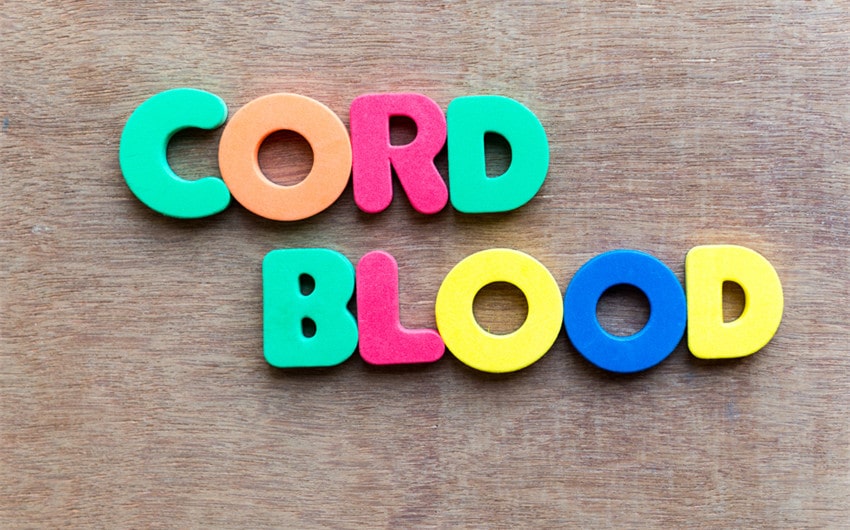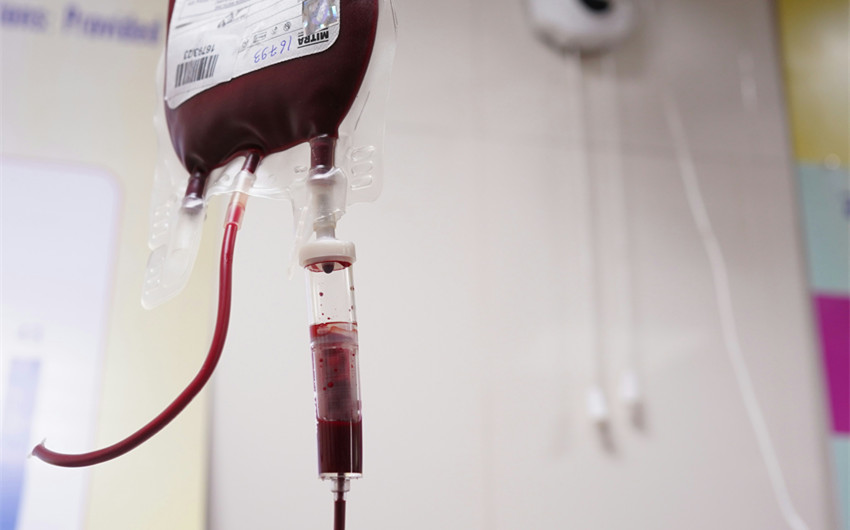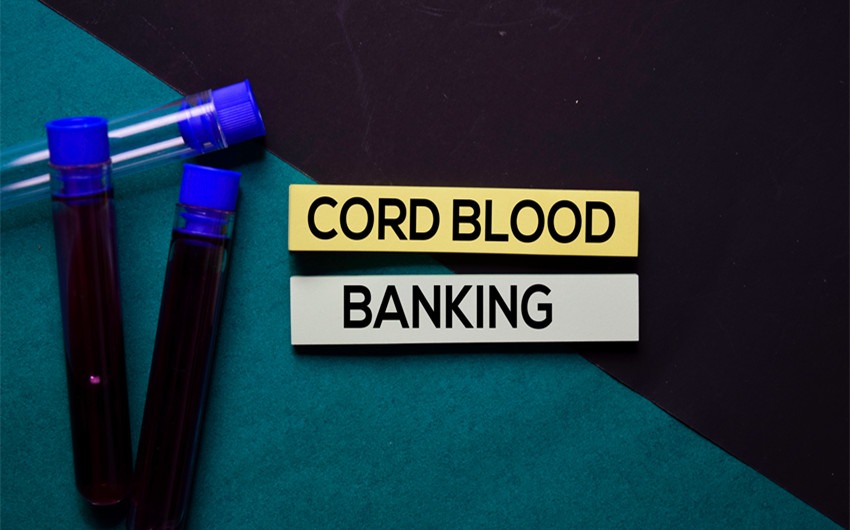7 Practical Reasons Not to Donate Cord Blood to Consider
Cord blood donation is often described as a generous, potentially life-saving act—but it’s not the right choice for everyone. While the benefits are widely promoted, there are also reasons not to donate cord blood that expectant parents may not hear as often.
From strict eligibility rules to future medical needs and ethical concerns, it’s important to weigh the full picture before making a decision. This article isn’t about discouraging donation—it’s about helping you feel informed, comfortable, and confident as you consider what’s best for your baby, your family, and your own birth experience.
1. Limited Eligibility and Screening Restrictions

While the idea of donating cord blood may sound straightforward, the reality is that not everyone qualifies—and this can come as a surprise to many expectant parents. Public cord blood banks have strict eligibility criteria designed to ensure the safety and usefulness of the donated material. These criteria consider factors such as the mother’s medical history, travel history, age, lifestyle habits, and even specifics of the pregnancy and delivery.
For example, women with certain infections, health conditions, or a history of specific medications may be automatically disqualified. Even issues that seem unrelated—like giving birth outside a participating hospital—can make donation impossible. Additionally, if labor ends in an emergency C-section or other complications, collection may not proceed.
Because screening continues up until and even after birth, some families go through the entire preparation process only to find out their donation won’t be accepted. This unpredictability can cause disappointment and may leave parents feeling that their time and effort were wasted.
2. Future Personal or Family Medical Use
One of the biggest reasons some families choose not to donate cord blood publicly is the potential for personal or family medical use in the future. When you donate to a public bank, you give up all rights to the cord blood—it becomes part of a general pool and may be used for anyone who is a match. While this helps others, it also means that your family cannot access the cord blood later if a medical need arises.
This is especially important for families with a history of genetic disorders, blood conditions, or immune deficiencies, as cord blood might one day be used in treating those illnesses. Some parents opt for private cord blood banking, which allows them to store the blood exclusively for their child or family, although at a cost.
Even for families without current health concerns, the potential of regenerative medicine and stem cell therapy in the future is a motivating factor to keep cord blood stored privately. Donating eliminates that possibility, which can make public donation feel like a sacrifice of a potentially valuable medical resource.
3. Ethical and Privacy Concerns
For some parents, the hesitation around cord blood donation has less to do with logistics and more to do with ethical and privacy considerations. Once you donate your baby’s cord blood to a public bank, you have no control over how it will be used. While the intention is often to help others through transplants, some units are directed toward scientific research, including studies that may involve genetic manipulation, embryonic stem cell work, or pharmaceutical testing.
Not everyone is comfortable with these possibilities—particularly if they have strong religious, cultural, or philosophical beliefs about the use of human tissue or stem cells. Informed consent forms can be long and complicated, and many parents may not fully understand the potential range of uses at the time they sign them.
Additionally, there’s the question of privacy. Cord blood is a biological sample that contains DNA, and while donor information is de-identified, some parents worry about long-term data storage, biobanking, and who has access to this genetic material. For those concerned about medical ethics or genetic privacy, public donation may feel too uncertain.
4. High Likelihood It Won’t Be Used

One of the most surprising facts about public cord blood donation is that a large percentage of donated units are never used for transplants. While parents may envision their baby’s cord blood going on to save a life, the reality is that many units are discarded, used for training or research, or stored indefinitely without ever being matched to a recipient.
Cord blood must meet strict volume and cell count requirements to be viable for transplant. If the collection is too small or the quality is compromised in any way, it’s often deemed unsuitable. Even when it meets the technical standards, there’s no guarantee it will match a patient in need—and because public banks don’t contact donor families with updates, you may never know whether it was used at all.
This can be disheartening for well-intentioned parents who go through the process believing they’re making a meaningful contribution. While the hope of helping others is noble, the reality is that many donations simply don’t reach that stage, and this lack of certainty is a valid reason why some families opt not to donate.
5. Pressure to Choose Costly Private Banking
If public donation isn’t possible—due to hospital limitations, disqualification, or timing—parents are often presented with private banking as the alternative. However, private cord blood banking comes with a significant financial burden, often involving initial collection fees ranging from $1,000 to $2,500, plus annual storage fees of around $100 to $300. For many families, these costs are difficult to justify, especially when the chances of actually using the stored cord blood are statistically low.
To complicate matters, the marketing surrounding private banking can be emotionally charged. Parents may be told that storing their baby’s cord blood could one day “save their child’s life”, even though medical professionals generally agree that the likelihood of needing a child’s own cord blood is extremely small. This kind of messaging can lead to unnecessary anxiety or guilt, particularly at a time when expectant parents are already facing countless decisions.
For families who don’t feel comfortable with the pressure or expense, avoiding both donation and banking may feel like the most honest and stress-free choice.
6. Complications or Inconvenience at Birth
Giving birth is an intense, emotional, and often unpredictable experience—and adding cord blood collection into the mix can create unwelcome stress or disruption. The process must be handled immediately after delivery and involves specific timing and sterile technique to ensure the sample is viable. Any delay, complication, or medical emergency can interfere with proper collection.
In some cases, the medical team may need to prioritize the health of the mother and baby, especially if labor doesn’t go as planned. Even routine variations—like an unanticipated C-section or a baby born prematurely—can prevent successful collection.
Additionally, cord blood donation requires paperwork, interviews, and consent forms, often during labor or shortly before. For parents who want a calm, low-intervention birthing experience, this added layer can feel intrusive. Some simply prefer to focus on bonding with their newborn rather than coordinating logistics during a physically and emotionally demanding moment.
7. Limited Usefulness of Cord Blood Today
While cord blood banking and donation are often promoted with hopeful language, the current medical use of cord blood remains relatively narrow. It’s true that cord blood can treat dozens of blood and immune system disorders, such as leukemia or certain types of anemia—but these cases are rare, and cord blood is not a universal cure-all.
In fact, for many of the diseases it treats, patients may not benefit from their own cord blood due to genetic mutations present at birth. Doctors often prefer donor cells from a sibling or unrelated match. Furthermore, other sources of stem cells—like bone marrow or peripheral blood—are more commonly used in adult transplants, as they typically yield higher cell counts.
Regenerative medicine holds exciting future potential, but most of the therapies that could make use of cord blood for tissue repair or chronic disease are still in the research phase. For some families, the uncertainty surrounding how useful cord blood will actually be—now or in the future—makes donation feel less essential than it initially seems.




